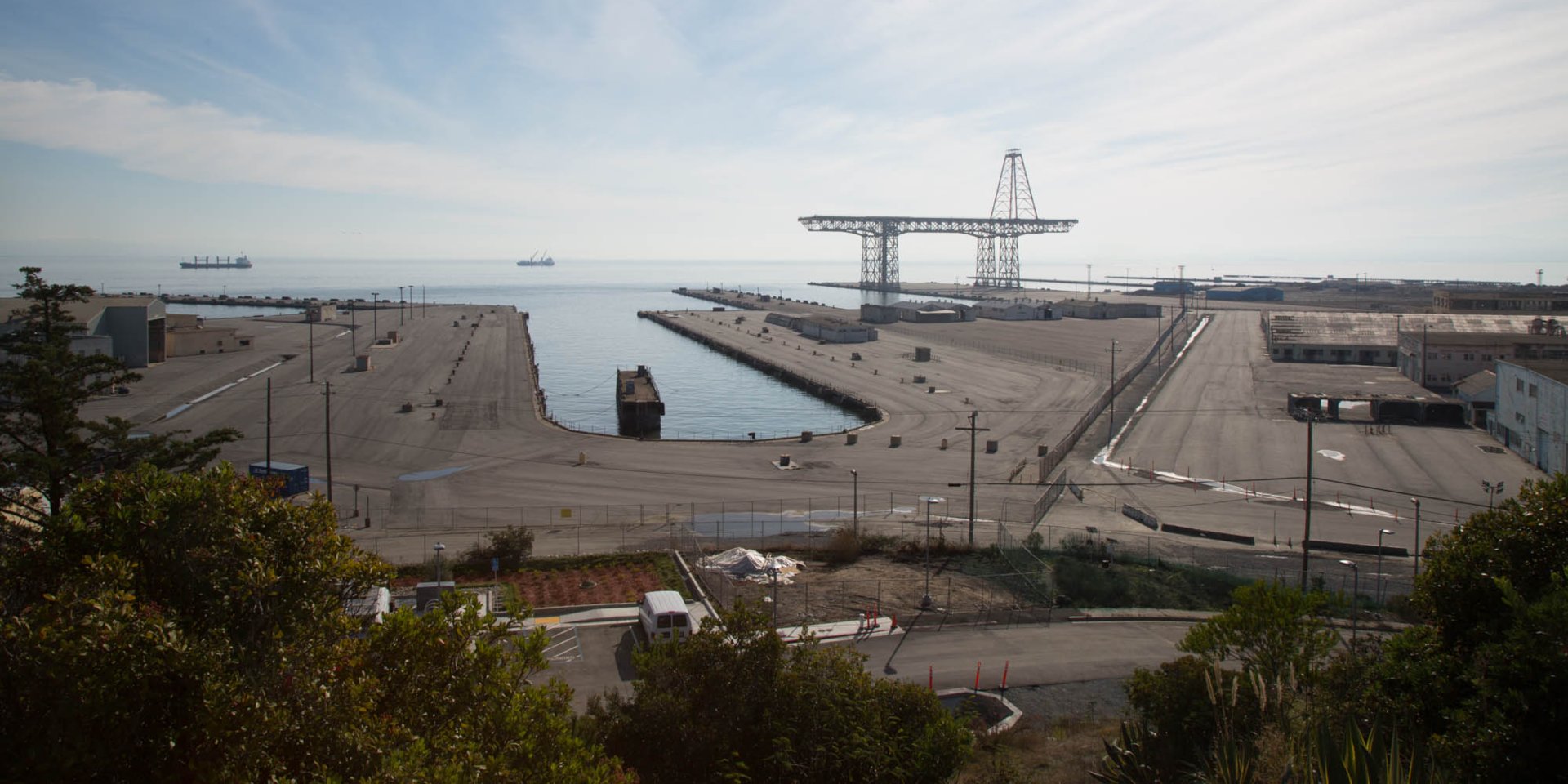- Health experts are questioning the safety of the San Francisco Shipyard after workers discovered a radioactive deck marker less than a foot below the area’s $8 billion neighborhood.
- Contact with the deck marker could produce 30,000 millirems of radiation per year – more than six times the legal limit for nuclear power plant workers.
- In an email to a lawyer, San Francisco’s health officer said an “independent health physicist” would investigate the issue.
The discovery of a radioactive deck marker has generated new safety concerns for an $8 billion neighborhood on the site of the former San Francisco Shipyard.
On September 11th, workers uncovered the object less than a foot below the site, which contains condos that cost up to $1.5 million. In an email to a lawyer representing one of the workers, the city’s health officer, Tomás Aragón, acknowledged that the object was “hazardous” and said the city would be appointing an “independent health physicist” to investigate the issue. The city, he said, wants to know how the market got there, and whether there are more radioactive objects buried beneath the soil.
Contact with the marker could produce 30,000 millirems of radiation per year – more than six times the legal limit for nuclear power plant workers, the San Francisco Chronicle reported. “It’s literally mind-boggling – it is less than 50 yards away from where I live,” one shipyard resident told the paper.
The finding isn’t exactly shocking, given the land’s history: From 1948 to 1969, it was home to a top-secret nuclear testing facility operated by the US Navy, which examined ships and military equipment exposed to atomic-bomb explosions. One of the site’s former Navy workers has reportedly claimed that he and his colleagues used to fling the markers out of their car windows once they became damaged or dimmed.
In 2002, a 75-acre swathe of land was deemed free of radioactive contamination following a multimillion-dollar cleanup effort and inspections from the Environmental Protection Agency. A decade later, former employees of Tetra Tech, the contractor hired by the Navy to clean up the site, admitted to falsifying soil tests in other areas of the shipyard.
While the Navy insisted that residents were "100% safe," it has agreed to retest all areas that were previously inspected by Tetra Tech. In May, the environmental engineer for San Francisco's health department, Amy Brownell, said there was absolutely no risk to public safety or health.
That was before the discovery of the radium deck marker - an object that served as emergency lighting on the decks of aircraft carriers during World War II. The marker's glow-in-the dark paint consists of a radioactive substance that could lead to bone cancer. With a half-life of 1,600 years, the substance will still be toxic for years to come.
Prior to the discovery, workers had flagged the area as having above-average background levels of radioactive contamination. But officials have been quick to downplay the finding. The Navy called it "an anomalous reading," while the EPA insisted that the object posed no harm to residents or workers. These sentiments were echoed by various city health officials, who highlighted the fact the no other contaminants were found at the site.
But the discovery has environmentalists up in arms. "It's a nightmare scenario," Bradley Angel, the executive director of the watchdog group Greenaction, told the Chronicle.
That nightmare could extend to other cities as well. In their new book Sites Unseen, sociologists Scott Frickel and James Elliott reveal that hundreds of millions of pounds of hazardous waste, left behind by both small and large manufacturing facilities, are buried underneath American cities.
According to the authors, sites that receive the most attention from the EPA are "large facilities [like the San Francisco Shipyard] that have been in place for decades." Meanwhile, smaller neighborhoods have gone unnoticed, creating a hidden legacy of hazardous materials scattered across the country.

